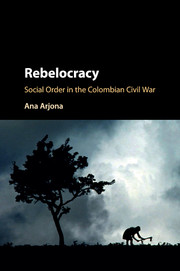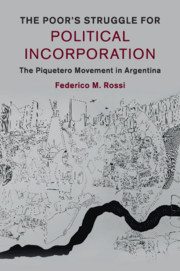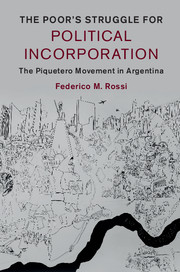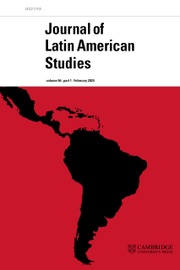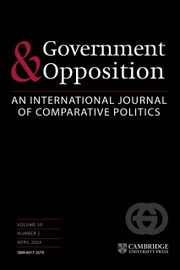Rebelocracy
Conventional wisdom portrays war zones as chaotic and anarchic. In reality, however, they are often orderly. This work introduces a new phenomenon in the study of civil war: wartime social order. It investigates theoretically and empirically the emergence and functioning of social order in conflict zones. By theorizing the interaction between combatants and civilians and how they impact wartime institutions, the study delves into rebel behavior, civilian agency and their impact on the conduct of war. Based on years of fieldwork in Colombia, the theory is tested with qualitative and quantitative evidence on communities, armed groups, and individuals in conflict zones. The study shows how armed groups strive to rule civilians, and how the latter influence the terms of that rule. The theory and empirical results illuminate our understanding of civil war, institutions, local governance, non-violent resistance, and the emergence of political order.
- Sheds light on how war can transform communities, local governance, and political order
- Challenges the popular perception of war zones being chaotic and anarchic
Product details
September 2017Paperback
9781107571594
430 pages
230 × 152 × 26 mm
0.65kg
47 b/w illus. 5 maps 20 tables
Available
Table of Contents
- Table of contents
- List of tables and figures
- Acknowledgements
- Abbreviations and glossary of terms
- 1. Introduction
- 2. Wartime social order: what is it and how does it vary?
- 3. A theory of social order in civil war
- 4. Research design: conflict zones in Colombia
- 5. The determinants of social order
- 6. Creating rebelocracy, aliocracy, and disorder
- 7. How local institutions matter: a process-driven natural experiment in Viotá
- 8. Testing the microfoundations: social order and recruitment
- 9. Conclusion.

